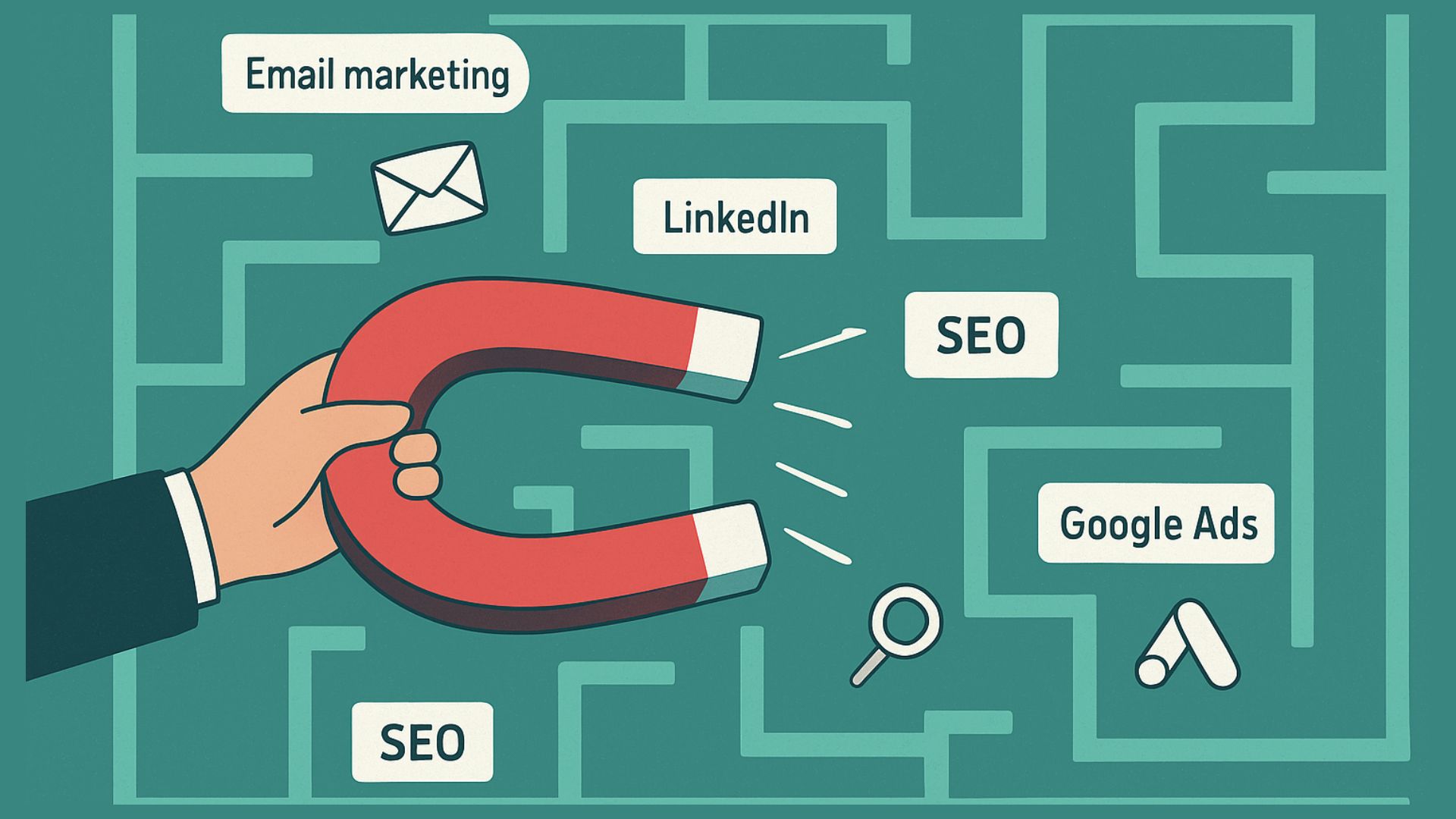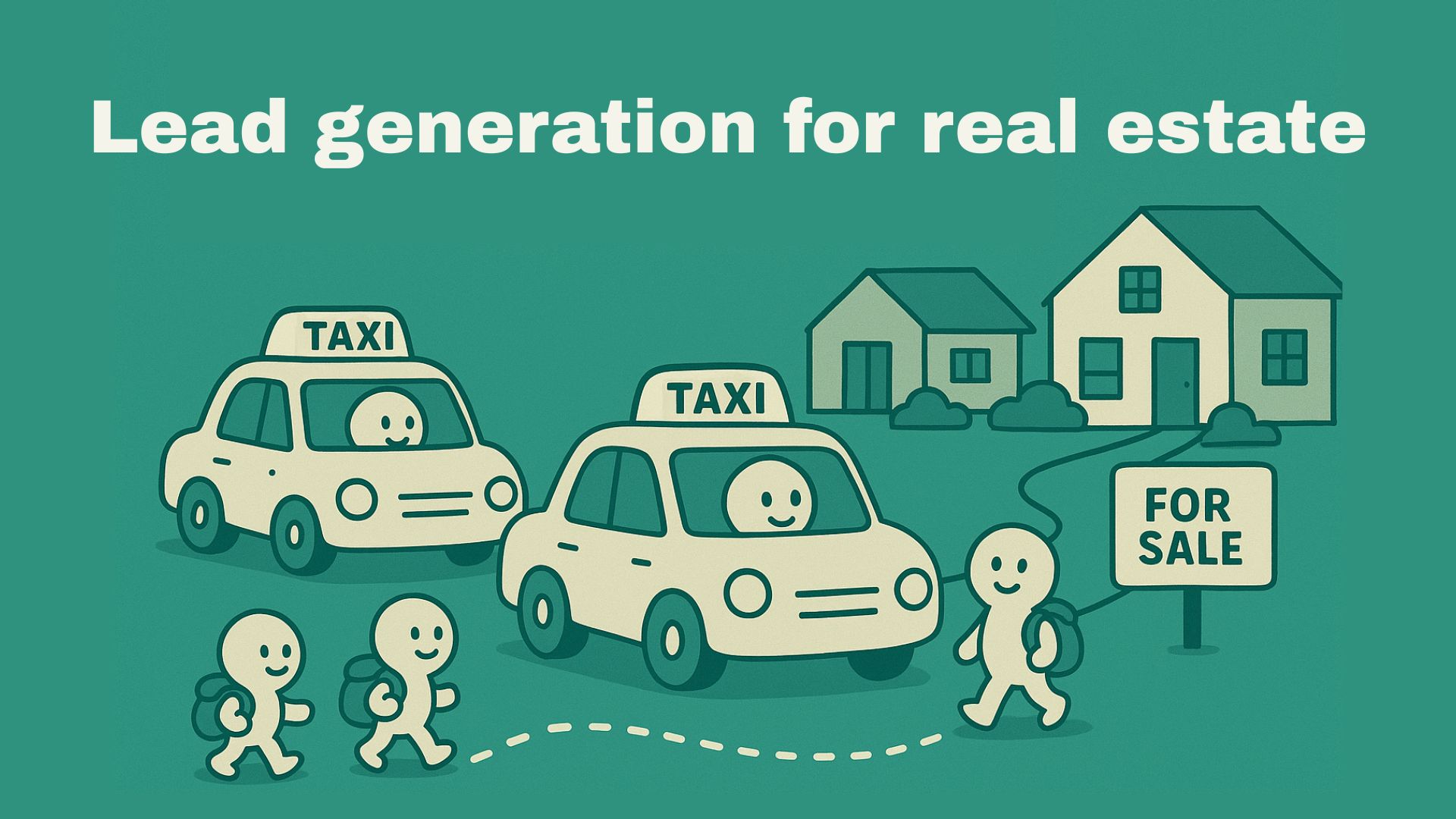

Unlike B2C, B2B sales have lengthy processes, long interactions, and multiple decision-makers. You need personalized pitches for different stakeholders, along with deeper strategic thinking.
All these factors make the B2B sales landscape uncertain and lead to frustration as potential clients slip away to better-prepared competitors. Many sales professionals struggle to adapt their approach or keep up with industry shifts which results in stalled deals and missed opportunities.
In this blog, we break down the essentials of B2B sales in simple, relatable terms. We’ll cover what makes B2B sales unique, how it compares to B2C, and share practical strategies and insights to help you master the sales cycle.
Let’s dive in if you’re looking to refine your approach or gain an edge in your sales career.
What is B2B Sales?
B2B sales (Business-to-Business sales) involve transactions where one business sells products or services to another business.
This type of sale is characterized by longer sales cycles, multiple decision-makers, and often more complex processes compared to B2C (Business-to-Consumer) sales.
The focus is typically on building long-term relationships, demonstrating ROI, and addressing business needs with tailored solutions.
What are Some Examples of B2B Sales?
Manufacturing: Industrial Automation Solutions (like Siemens, ABB)

In manufacturing, B2B sales often start by getting a clear understanding of how each plant operates and what can be improved.
For example, imagine an automotive plant dealing with constant production delays because their machines keep breaking down. To solve the issue, an automation provider’s sales team comes in.
The sales team talks to the plant managers and digs into the specific challenges they’re facing. They learn that these machine issues are a huge drain on time and money. So, the sales team suggests adding IoT sensors to monitor equipment health and spot problems early, plus robotics to automate some of the repetitive tasks on the line.
To help the plant see the potential benefits, they set up a small pilot project. The plant managers see immediate improvements—less downtime and fewer repair costs. So, they decide to go all in and expand the solution across the plant.
In B2B sales, salespeople follow a hands-on, consultative sales approach that builds trust and leads to lasting partnerships.
BFSI Example: Banking Technology Providers (like Fiserv, FIS)

In the BFSI sector, B2B sales teams focus on helping financial institutions upgrade their tech to meet the needs of today’s digital world.
They start with the essentials, offering core systems to manage key functions like account handling, loan processing, and transactions.
As banks, insurers, and financial services shift online, these providers bring in secure digital platforms and payment solutions to keep everything running smoothly.
Sales teams also introduce critical security and compliance tools so institutions can stay compliant and protect customer data. They often recommend CRM systems, too, which make it easier for teams to manage customer relationships and deliver better service.
The goal is simple: to help BFSI institutions modernize their systems and serve digital-first customers more effectively.
What is the B2B Sales Cycle?
The B2B sales cycle is a multi-stage process that businesses follow to convert prospects into paying customers.
This cycle encompasses all interactions from initial outreach to finalizing the sale and post-sale follow-up.
Due to the complexity of B2B transactions, which often involve multiple stakeholders, the sales cycle can be lengthy and requires a strategic approach tailored to the prospect’s needs.
Step-by-step sales process
1. Prospecting and Lead Generation
Prospecting and lead generation set the stage for a successful B2B sales cycle. Here’s how to tackle this step effectively:
- Identifying Target Companies: Start by narrowing down your ideal market segments—industry, company size, location, and revenue are great filters. Make sure you understand the common challenges these companies face and map out the decision-makers who’ll influence buying.
- Creating Ideal Customer Profiles (ICPs): Your ICP is essentially a snapshot of the company most likely to benefit from your solution. Think of key characteristics like tech stack, budget range, and growth stage. Use your current best clients as templates—what do they have in common?
- Outbound and Inbound Strategies:some text
- Outbound: Personalized cold emails, LinkedIn outreach, and targeted account-based marketing (ABM) can help you reach out directly to your top prospects. Use insights from recent company news or trends to make your approach stand out.
- Inbound: Create content that educates and engages—blog posts, webinars, and white papers. Optimize this content for search (SEO) to attract companies looking for solutions like yours. High-value content can position you as a thought leader and pull in qualified leads.
2. Lead Qualification
After identifying potential leads, the next crucial step is to determine which ones are worth pursuing. Here’s how to approach lead qualification in the B2B sales cycle:
- BANT Framework Implementation: Use the BANT framework (Budget, Authority, Need, Timeline) to assess whether a lead is ready for deeper engagement. This helps you quickly gauge if the prospect has the financial capacity, the decision-making power, a real need for your solution, and an appropriate timeline for implementation.
- Lead Scoring Methodologies: Implement lead scoring systems to prioritize leads based on their likelihood to convert. Assign scores to behaviors and attributes—like engagement with your content, company size, or role within the organization.
- Qualifying Decision-Makers: Identify and confirm that your lead is the person with authority or influence in the buying process. It’s essential to understand the organizational structure and whether your contact can push the deal forward or if additional stakeholders need to be involved.
3. Initial contact and discovery
The initial contact sets the tone for the entire sales journey. Here's how to make it effective:
- Cold Calling and Email Strategies: For cold outreach, personalization is key. Tailor your emails and calls to highlight specific pain points or achievements relevant to the prospect’s industry. Use subject lines that grab attention and messages that offer immediate value, keeping them concise and actionable.
- Discovery Call Best Practices: When transitioning to a discovery call, aim to build rapport quickly and establish trust. Prepare questions that dig deeper into the prospect’s challenges and goals, and listen more than you speak. Ensure the call uncovers enough information to determine if there’s a strong fit.
- Understanding Customer Pain Points: Focus on understanding not just what challenges the prospect faces but why those challenges matter to their business. This insight helps tailor your solutions more effectively and positions you as a partner interested in solving their problems, not just making a sale.
4. Solution presentation
Presenting your solution effectively is crucial for moving a lead toward commitment. Here’s how to optimize this step:
- Customizing Proposals: Tailor your proposals to directly address the specific pain points discussed during the discovery phase. Highlight features and benefits that align with the prospect’s business goals and use their own language and industry context to show you truly understand their needs.
- Product Demonstrations: When conducting a demo, keep it interactive and relevant. Focus on the aspects of your product or service that solve the prospect’s key challenges. Use real-world scenarios or case studies to illustrate the practical impact and maintain engagement by encouraging questions throughout.
- ROI Calculations: Show the value your solution brings by including clear, data-driven ROI projections. Outline potential cost savings, efficiency gains, or revenue growth, providing evidence that justifies the investment. Tailored calculations build confidence and help decision-makers visualize tangible benefits.
5. Handling objections
Effectively managing objections is vital for keeping the deal on track. Here’s how to navigate this stage:
- Common B2B Objections: Expect to hear concerns about budget constraints, competing priorities, the complexity of implementation, or skepticism about ROI. These are typical roadblocks that need thoughtful, strategic responses.
- Objection Handling Techniques: Address objections by listening actively and empathizing with the prospect’s concerns. Use techniques like the Feel-Felt-Found method to validate their perspective while redirecting them toward the solution.
The Feel-Felt-Found Method is a classic objection-handling technique used to empathize with a prospect’s concerns while guiding them toward a positive resolution.Imagine you’re selling a SaaS platform for project management to a mid-sized company. The prospect expresses concern about the potential disruption during implementation and training for their team:
Feel: “I understand that you’re concerned about the potential disruption to your team’s workflow during implementation. Many of our clients have shared the same concern when considering a change to a new system.”
Felt: “In fact, one of our clients in a similar industry, a marketing firm, felt the same hesitation about adopting new software and the possible impact on productivity.”
Found: “What they found, though, was that our platform’s intuitive design, combined with our comprehensive onboarding support, helped their team adapt within a few days. Not only did they avoid significant downtime, but they also saw a boost in collaboration and efficiency soon after implementation.”
Providing case studies, customer testimonials, or additional data can also reinforce confidence and overcome doubts.
- Building Consensus Among Stakeholders: In B2B sales, multiple decision-makers are often involved. It’s essential to understand each stakeholder’s perspective and address their unique objections. Tailored presentations or workshops for different departments can help build alignment and ensure that everyone sees the solution’s value for their specific needs.
6. Negotiation and closing
Negotiation and closing are critical to turning an interested lead into a committed customer. Here’s how to manage this step effectively:
- Pricing Strategies: Be prepared to offer flexible pricing models that cater to different customer needs, such as tiered packages or volume-based discounts. Show value in your pricing by emphasizing long-term benefits and ROI rather than just upfront costs. Customizing your offer can help make pricing discussions more collaborative than confrontational.
- Contract Terms: Work to create contract terms that protect both parties while accommodating the customer’s specific needs. This might include clauses for flexible payment plans, service level agreements (SLAs), or pilot periods. Clear, straightforward terms can make the contract phase smoother and faster to close.
- Closing Techniques: Use proven closing techniques such as the Assumptive Close, where you speak as if the deal is already set, or the Summary Close, where you recap all agreed-upon points and emphasize the solution’s value. Additionally, addressing any last-minute concerns directly and confidently can prevent delays and ensure the deal moves forward.
7. Post-Sale follow-up
The relationship doesn’t end once the deal is closed; effective post-sale follow-up is key to long-term success and customer retention. Here’s how to excel in this stage:
- Implementation Support: Ensure a smooth transition by providing comprehensive onboarding and training resources. Dedicated support teams or customer success managers can guide clients through initial setup, minimizing friction and making sure they get up and running quickly.
- Account Management: Maintain ongoing communication through a designated account manager who acts as the main point of contact. This role involves checking in regularly, updating the client on new features or service improvements, and acting as an advocate for the client’s evolving needs.
- Customer Success Strategies: Proactively monitor customer satisfaction and usage metrics to identify potential issues or opportunities for upselling. Implement feedback loops, periodic business reviews, and educational content to empower clients and maximize the value they derive from your solution.
What is a B2B Sales Funnel?
A B2B sales funnel represents the structured journey that prospective business clients take from initial contact to purchase.
It visualizes how potential leads move through stages, highlighting the path to converting them into loyal customers.
Unlike the often straightforward B2C funnel, the B2B sales funnel involves multiple touchpoints and interactions due to its complexity and the involvement of various stakeholders.
How is B2B Sales Different from B2C Sales?
B2B sales (Business-to-Business sales) happen when one business sells products or services to another business. For example, a software company provides project management tools to a marketing agency or a manufacturer sells machinery to a factory.
These transactions usually take longer to complete because they involve thorough discussions, presentations, and negotiations. Multiple people, like managers and department heads, are part of the decision-making process to ensure the purchase benefits the entire company.
B2C sales (Business-to-Consumer sales), on the other hand, are simpler. This is when businesses sell directly to individual customers. Think of a retail store selling shoes or an online service like a music streaming app that people subscribe to.
These sales are usually quicker because one person can decide on their own, and purchases are often driven by personal wants or emotions, like buying a new gadget because it looks cool or feels convenient.
Key differences between B2B and B2C sales:
What are the challenges in B2B sales, and how can you overcome them?
1. Long and complex sales cycles
2. Multiple decision makers
3. High-stakes decisions
4. Price sensitivity and budget constraints
5. Competitive market landscape
6. Technical complexity
7. Changing buyer behaviour
8. Digital transformation challenges
Close More Clients with These B2B Sales Techniques
Now that you know how B2B sales work and what different components are involved in it, you can create a clear strategy to target complex buyer groups. You can also use data-driven insights to engage prospects and move them efficiently through the sales cycle.
By applying these B2B sales tips and insights, you can connect more effectively with clients and ultimately close more deals. Use this knowledge to stay ahead in the evolving B2B landscape and drive consistent results.
Heading text
Nunc sed faucibus bibendum feugiat sed interdum. Ipsum egestas condimentum mi massa. In tincidunt pharetra consectetur sed duis facilisis metus. Etiam egestas in nec sed et. Quis lobortis at sit dictum eget nibh tortor commodo cursus.
Odio felis sagittis, morbi feugiat tortor vitae feugiat fusce aliquet. Nam elementum urna nisi aliquet erat dolor enim. Ornare id morbi eget ipsum. Aliquam senectus neque ut id eget consectetur dictum. Donec posuere pharetra odio consequat scelerisque et, nunc tortor.
Nulla adipiscing erat a erat. Condimentum lorem posuere gravida enim posuere cursus diam.
.svg)






